The aim of the lesson
1.Presentation of the new words
2. Working with text reading and speaking
The objectives of the lesson
1.To develop reading and speaking , writing abilities
2.To enrich pupils vocabulary in speech
3. To teach the pupils to get the main information while reading the text to improve hearing skills.
What age did you start school at ?
Do you go to school every day ?
What subjects do you like ?
When does the school year begin and end ?
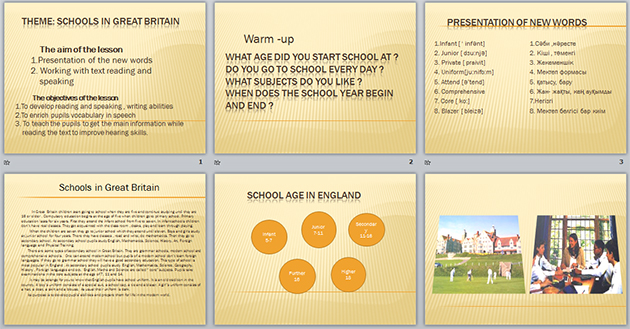
Presentation of new words
1.Infant [ ‘ infәnt]
2. Junior [ dзu:njә]
3. Private [ praivit]
4. Uniform[ju:nifo:m]
5. Attend [ә’tend]
6. Comprehensive
7. Сore [ ko:]
8. Blazer [ bleizә]
Schools in Great Britain
In Great Britain children start going to school when they are five and continue studying until they are 16 or older. Compulsory education begins at the age of five when children go to primary school. Primary education lasts for six years. First they attend the infant school from five to seven. In infant schools children don’t have real classes. They get acquainted with the class room , desks, play and learn through playing.
When the children are seven they go to junior school which they attend until eleven. Boys and girls study at junior school for four years. There they have classes , read and write, do mathematics. Then they go to secondary school. At secondary school pupils study English, Mathematics, Science, History, Art, Foreign language and Physical Training.
There are some types of secondary school in Great Britain. They are grammar schools, modern school and comprehensive schools. One can attend modern school but pupils of a modern school don’t learn foreign languages. If they go to grammar school they will have a good secondary education. This type of school is most popular in England. At secondary school pupils study English, Mathematics, Science, Geography, History , Foreign languages and ect. English, Maths and Science are called “ core” subjects. Pupils take examinations in the core subjects at the age of 7, 11 and 14.
it may be strange for you to know that English pupils have school uniform. It is an old tradition in the country. A boy’s uniform consists of a special suit, a school cap, a tie and a blazer. A girl’s uniform consists of a hat, a coat, a skirt and a blouse. As usual their uniform is dark.
its purpose is to develop pupils’ abilities and prepare them for life in the modern world.
Полную информацию смотрите в презентации.

 Получите свидетельство
Получите свидетельство Вход
Вход





![Presentation of new words 1.Infant [ ‘ infәnt] 1.Сәби ,нәресте 2. Junior [ dзu:njә] 2. Кіші , төменгі 3. Private [ praivit] 3. Жекеменшік 4. Uniform[ju:nifo:m] 4. Мектеп формасы 5. Attend [ә’tend] 5. қатысу, бару 6. Comprehensive 6. Жан- жақты, кең ауқымды 7.Негізгі 7. Сore [ ko:] 8. Blazer [ bleizә] 8. Мектеп белгісі бар киім](https://fsd.videouroki.net/html/2014/04/09/98679944/img2.jpg)













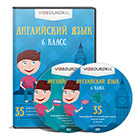
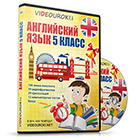

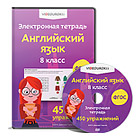
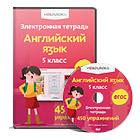
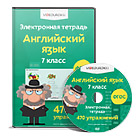
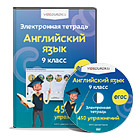
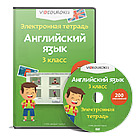
 Презентация по английскому языку на тему "Schools in Great Britain" (0.86 MB)
Презентация по английскому языку на тему "Schools in Great Britain" (0.86 MB)
 2
2 1802
1802 336
336 Нравится
0
Нравится
0


